What Is Carpal Tunnel Syndrome? Anatomy, Symptoms & Treatment Discussed
Carpal tunnel syndrome is typically the cause of hand and wrist pain, which is usually described by patients as a “pins and needles” type of sensation.
Anatomy
The carpal tunnel is a narrow gap between the wrist/carpal bones across which blood vessels, nerves and muscles pass from the hand to the forearm. The median nerve travels through this tunnel alongside the tendons to the thumb and the fingers. The nerve controls the movement and sensation of the first three fingers and the thumb. When the median nerve is compressed or pinched; pain, numbness, weakness or a tingling sensation in the hand is likely to result. This is called carpal tunnel syndrome
How It Happens
The cause of carpal tunnel syndrome may vary amongst individuals; however, it is usually linked to other underlying medical conditions. These medical conditions may stimulate pressure in the carpal tunnel, thus causing symptoms of carpal tunnel syndrome. Swelling causes the carpal tunnel to become even narrower, thereby affecting the median nerve. Normally, repetitive movement caused by work and sports activities is the culprit. Prolonged use of machinery and vibrating tools may also increase your risk of carpal tunnel syndrome.
Pregnant women experience symptoms of carpal tunnel syndrome because of the swelling and fluid retention that occurs during pregnancy, causing the pressure to compress the median nerve in the carpal tunnel.
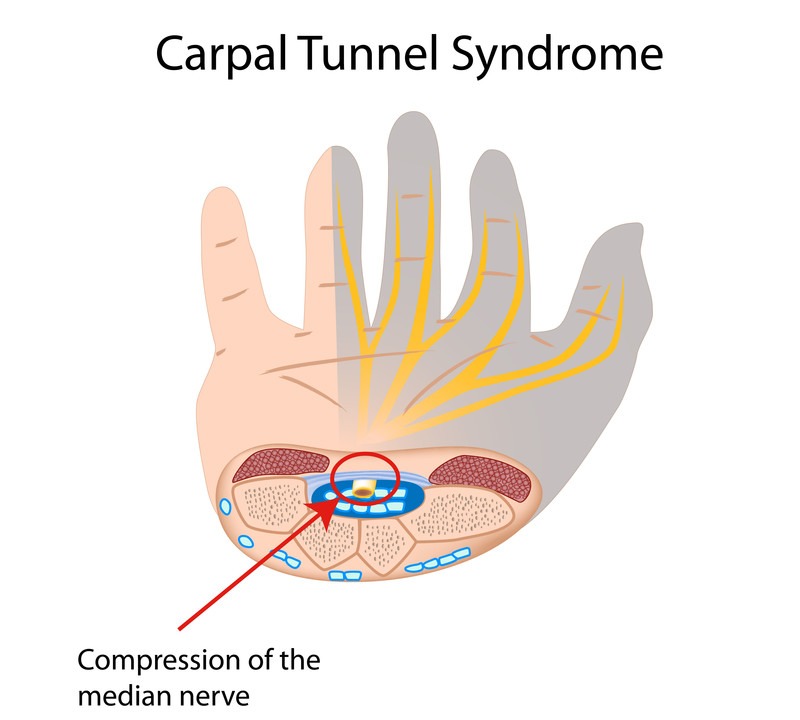
Risk Factors - Who Is At Risk?
Studies show that carpal tunnel syndrome is most common in women and is often linked to chronic conditions such as arthritis, diabetes and hypothyroidism. It may also result following a wrist fracture. Pregnant women also typically experience symptoms such as pain, tingling and numbness in their hands. They usually experience carpal tunnel syndrome during the third trimester, which disappears after pregnancy.
Signs and Symptoms of Carpal Tunnel Syndrome
Symptoms of carpal tunnel syndrome may occur in one or both hands. Usually both hands are affected, and the symptoms in one hand may be more intense than the other. Symptoms are usually first noticed and night, which may result in disturbed sleep.
Symptoms of mild carpal tunnel syndrome affect the hand and at times the forearm as well. They can, however travel to the shoulders too.
Symptoms of carpal tunnel syndrome include:
- Pain or numbness in the hand, wrist and forearm
- Symptoms may disturb your sleep
- Tingling and numbness – a feel that resembles the hand “falling asleep”
- Symptoms worsen when you use your hand and/or wrist especially when you flex your wrist or grip an object
- Stiffness of the fingers upon waking
- Aching pain in the forearm between the wrist and the elbow
An altered sensation, such as a burning or tingling feeling, numbness and pain in the thumb and the fingers nearest to it is commonly caused by the compression or inflammation in the median nerve.
In extreme cases, your muscles at the base of your thumb begin to deteriorate, thereby taxing the nerve supply in the area. This may result in muscle weakness, and reduced “pinch grip” ability.
Carpal Tunnel Syndrome Treatment
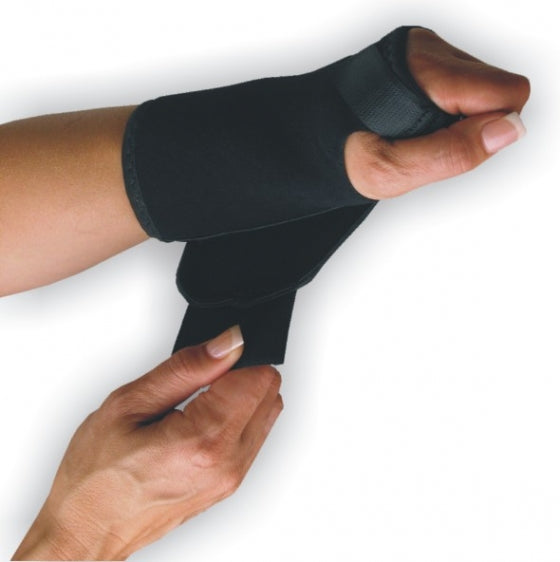 Rest is always the primary remedy. You need to ensure that you keep yourself away from any damaging activities such as typing, holding a bat or a racquet or hammering. You can enhance the effects of rest by mobilizing your wrist with a wrist support such as the McDavid Carpal Tunnel Wrist Splint. This will restrict pain and pressure in the wrist. It is crucial that you keep the wrist support on for 24 hours a day, for a period of 2 to 6 weeks depending on how severe the damage is and how long it will take to heal – this will be determined by a health care professional, of course. The wrist support will help you prevent movements that may add pressure to the carpal tunnel.
Rest is always the primary remedy. You need to ensure that you keep yourself away from any damaging activities such as typing, holding a bat or a racquet or hammering. You can enhance the effects of rest by mobilizing your wrist with a wrist support such as the McDavid Carpal Tunnel Wrist Splint. This will restrict pain and pressure in the wrist. It is crucial that you keep the wrist support on for 24 hours a day, for a period of 2 to 6 weeks depending on how severe the damage is and how long it will take to heal – this will be determined by a health care professional, of course. The wrist support will help you prevent movements that may add pressure to the carpal tunnel.
Your doctor may recommend taking nonsteroidal anti-inflammatory drugs (NSAIDs) to relieve symptoms such as pain and swelling.
You must always start treatment at home while help arrives. Apply an ice pack (not ice) to reduce pain and swelling, however, any further compression will not help.
In cases where NSAIDs won’t help, your doctor may use corticosteroid injections to decrease swelling and inflammation of the carpal tunnel. In more severe circumstances, several injections may be required until symptoms subside.
If all else fails, surgery may be needed to correct the problem. Surgery can be done in an open technique or arthroscopic technique. The arthroscopic is a relatively new technique that can be performed under a local anesthetic. Following surgery done with the arthroscopic technique, the patient will have to wear a wrist brace for a period of 4 to 6 weeks. In order to resolve stiffness and recover flexibility and strength, the patient will be instructed to perform a few range of motion exercises by a physical therapist.


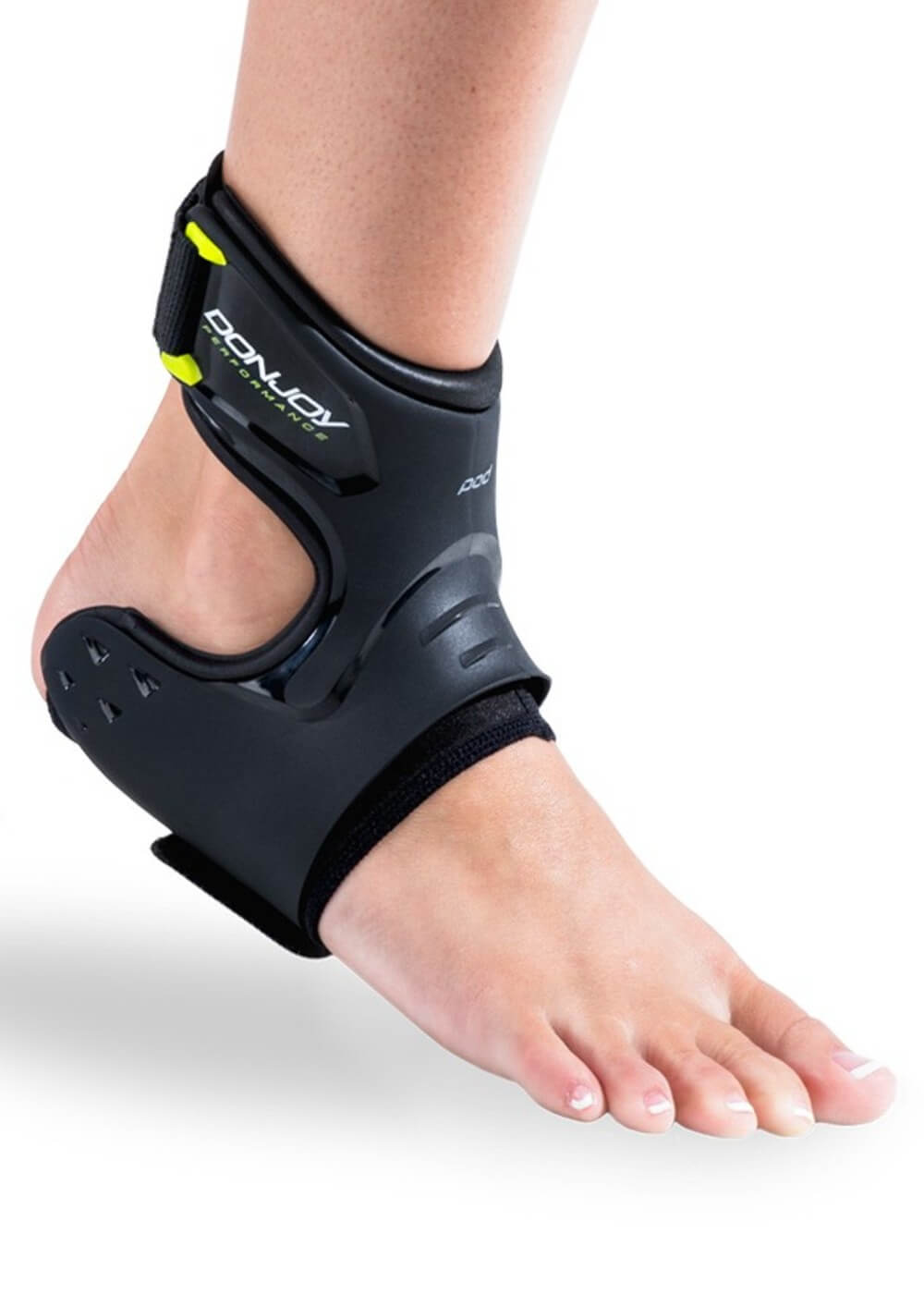
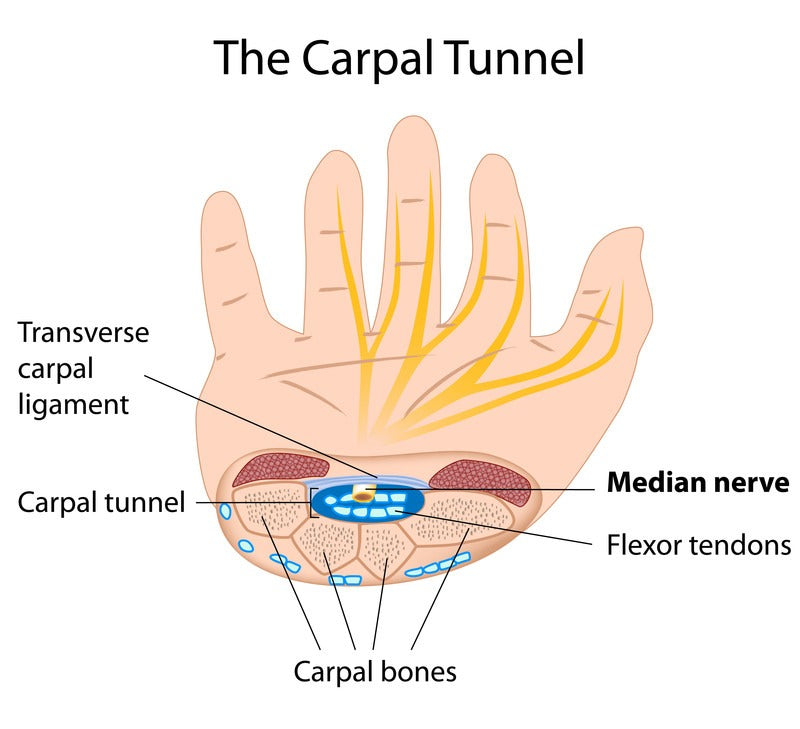
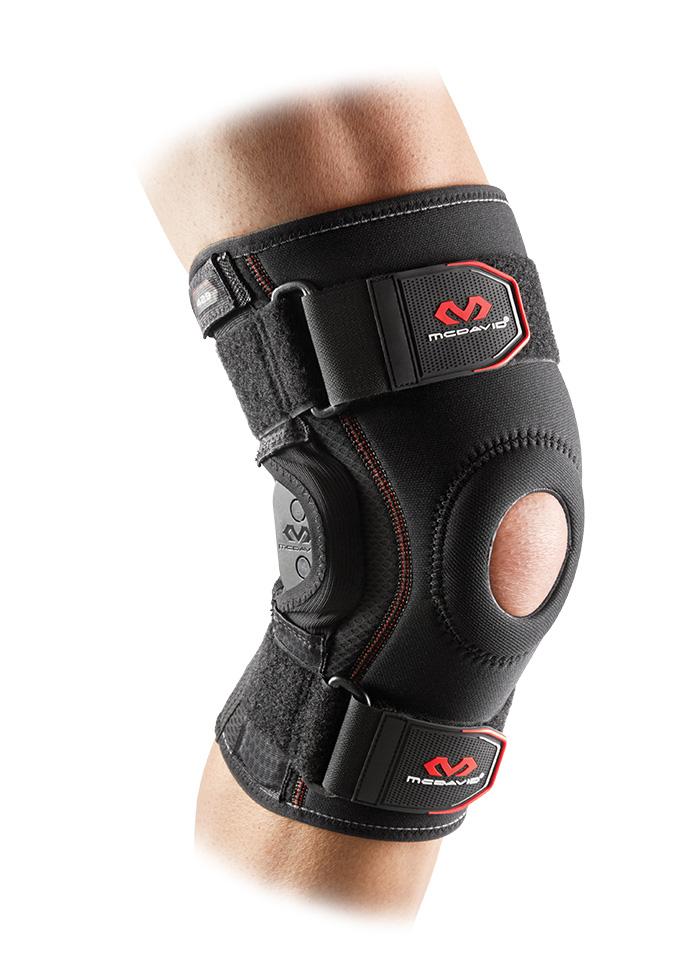
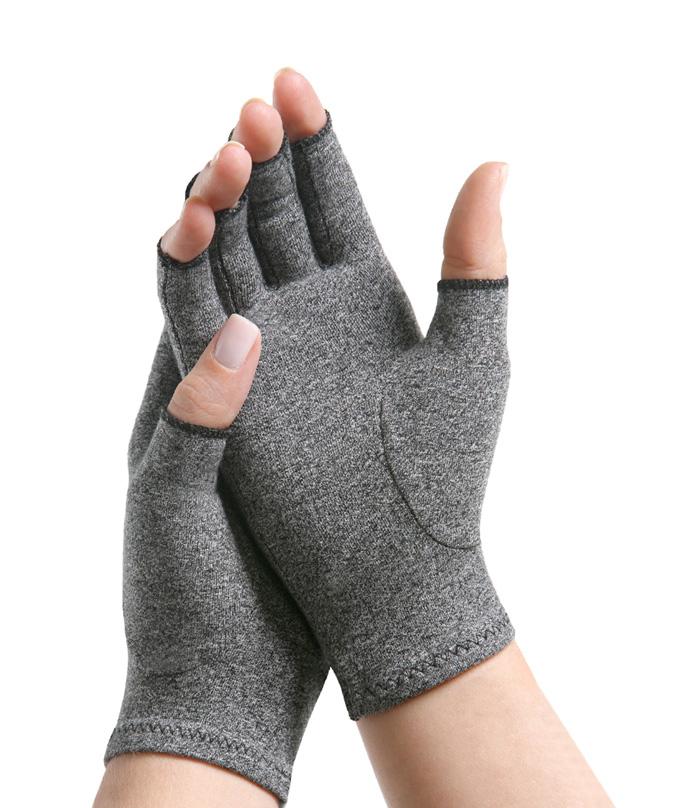
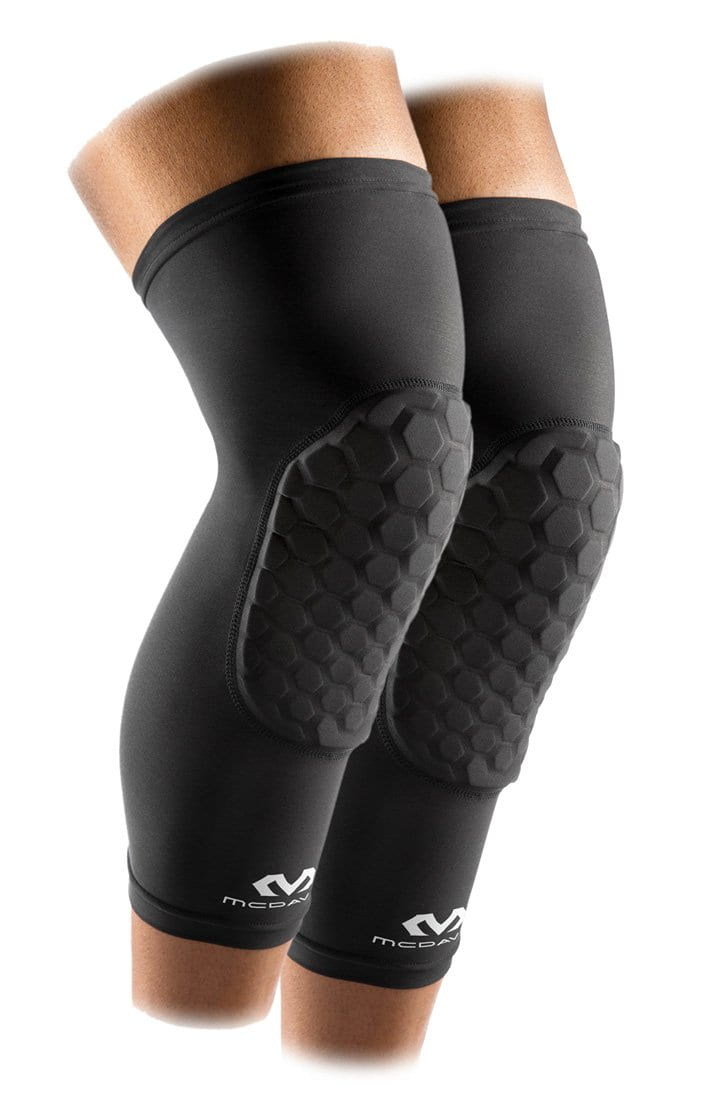
Leave a comment